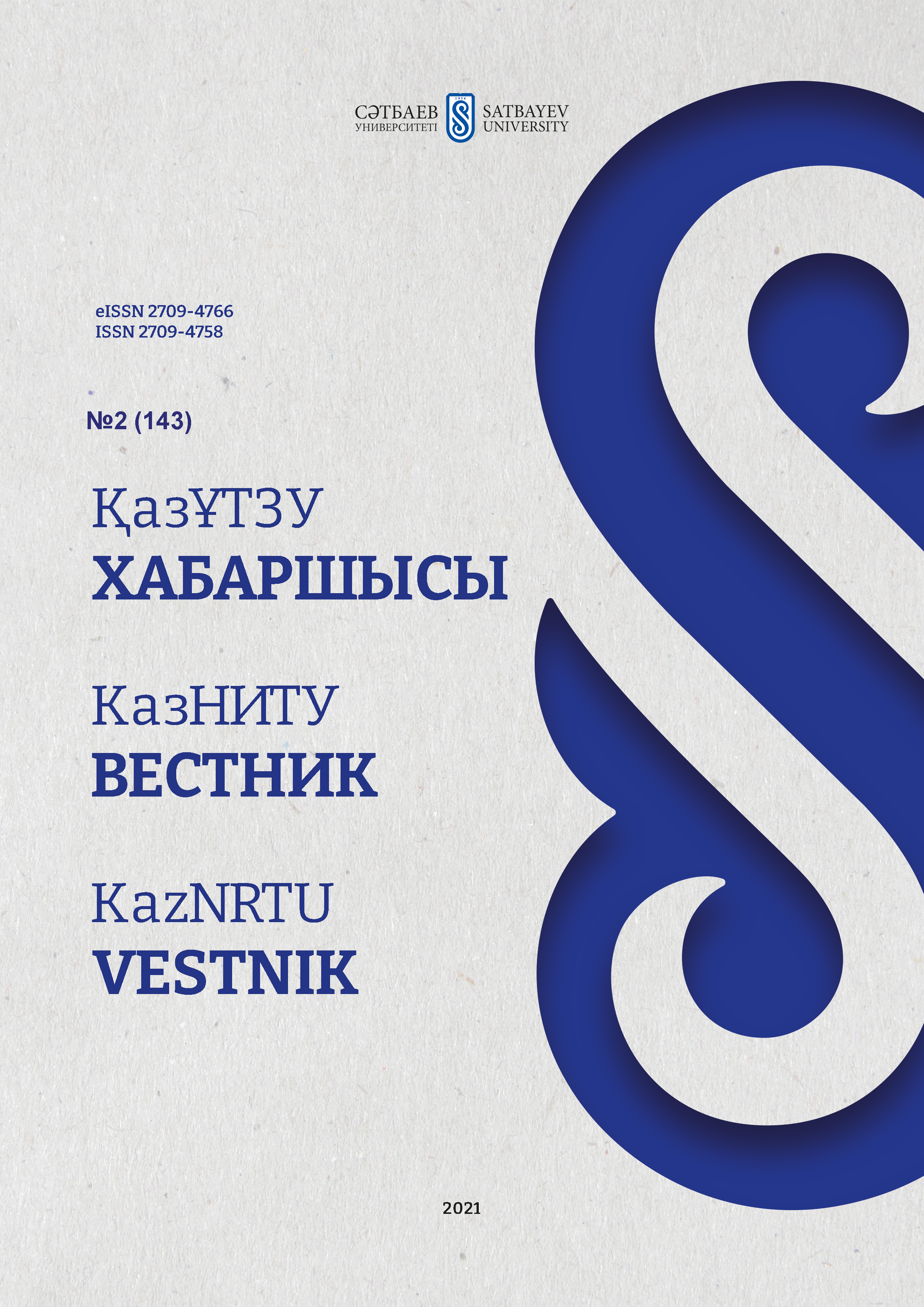Selection of casting wear-resistant alloys combining optimal indicators of shock and abrasive resistance
DOI:
https://doi.org/10.51301/vest.su.2021.i2.23Keywords:
ductile iron, spherical graphite, wear resistance, strength, impact resistance, steel, alloy, casting, alloying, modifying, after-furnace processing, modifier, ligature, magnesiumAbstract
This study presents the results of the selection of the most technologically and cost-effective compositions of wear-resistant Fe-C alloys for parts of industrial equipment and their production technologies. The article also considers the main types of existing wear-resistant steels and cast irons, shows their compositions and properties, describes the main advantages and disadvantages. From the point of view of economic benefits and simplicity of technology, one of the most effective for casting parts subjected to intense impact and abrasion is half nodular cast iron obtained as a result of low alloying with chromium and subsequent modification with a magnesium-containing additive. The main advantage of this alloy, which determines its high wear resistance, is that in this case, in the structure of the outer surface layer of the casting, carbon is in the form of finely dispersed carbide inclusions doped with chromium and manganese, which ensures high hardness and resistance to abrasive wear, and in the inner deep layers Castings carbon is in the form of spheroidal and vermicular graphite - this provides an increased impact toughness of the alloy.
Downloads
Published
How to Cite
Issue
Section
License
Copyright (c) 2021 VESTNIK KAZNRTU

This work is licensed under a Creative Commons Attribution-NonCommercial-NoDerivatives 4.0 International License.
<div class="pkpfooter-son">
<a rel="license" href="http://creativecommons.org/licenses/by-nc/4.0/"><img alt="Creative Commons License" style="border-width:0" src="https://i.creativecommons.org/l/by-nc/4.0/80x15.png"></a><br>This work is licensed under a <a rel="license" href="http://creativecommons.org/licenses/by-nc/4.0/">Creative Commons Attribution-NonCommercial 4.0 International License</a>.
</div>





